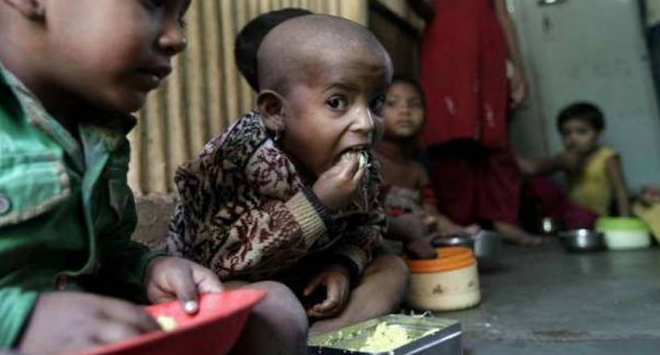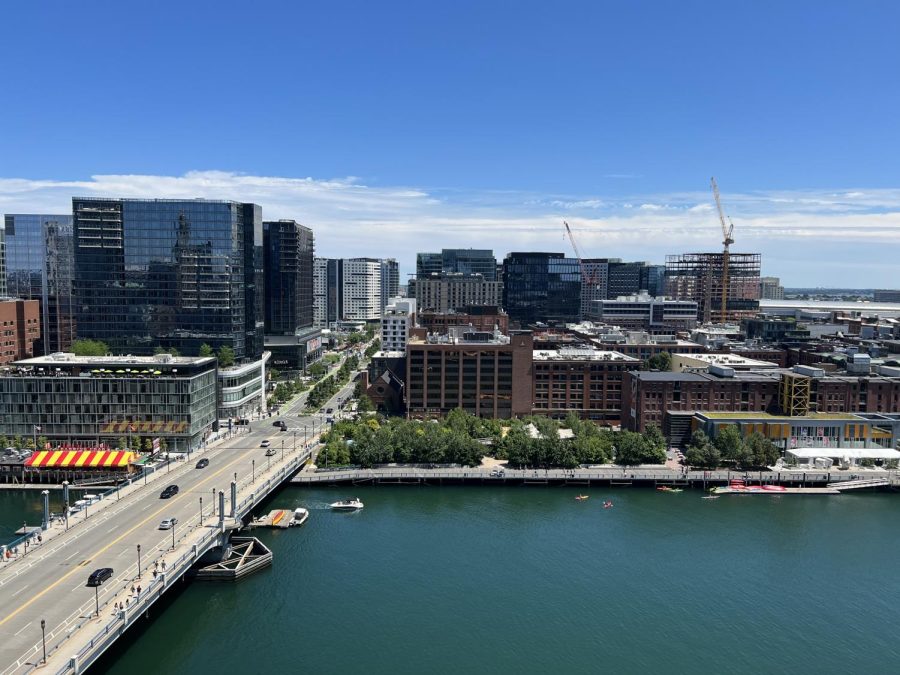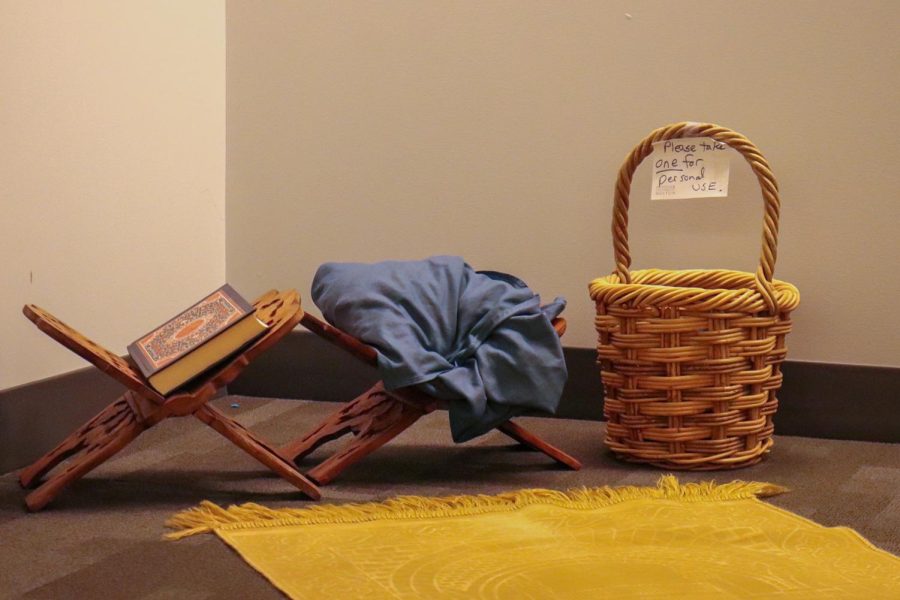The divide between India’s elite and the lower class is the largest economic disparity the country has witnessed in nearly 100 years.
The top one percent of earners in India have accrued 22 percent of the total income, compared to the six percent owned in the 1980’s, according to French economists Thomas Piketty and Lucas Chancel. Chanel and Piketty also concluded that the top 0.1 percent of earners from 1980 to 2014 received a greater share of total growth than the bottom 50 percent.
“Inequality is somehow inherent to capitalist systems and free market economies,” said Suffolk University International Relations professor Roberto Dominguez in an interview with The Suffolk Journal. “That’s a fact. But many economies are better equipped to deal with inequality.”
However, aside from having the largest wage gap in almost a century, India has remained a global economic power and among one of the ten richest countries in the world, according to Piketty and Chancel.
India has been on both sides of the economy: previously the socialist side and, more recently, the free market side. When India was a socialist country between the 1920s and the 1970s, it not only rendered slower growth, it also put a substantial amount of the country’s citizens in poverty.
When India began the plunge into a free market economy, it had short-lived positive outcomes. The current system has left the country in extreme poverty with a wide gap between the top one percent and the bottom 99 percent.
According to Dominguez, poverty and inequality are not mutually exclusive, “On one side you can develop policies of economic growth, but at the same time economic growth will not reduce because you apply redistribution policies,” he said.
The massive population of India has contributed to the economic issues, according to Dominguez.
“In the case of India, we have traditional economic gaps in the society, there’s no state capacity to get revenue and to set a formal economy for over one billion people,” said Dominguez.
The Indian economy has never been a one-size fits all. Since the introduction of income tax in 1922, India’s economy has experienced fluctuation. India was very much a socialist country in the 1970’s. Its tight regulations and little room for economic reform caused economic growth to creep up at a steady pace of three and a half percent a year – leading to extreme poverty.
Indian Prime Minister Narenda Modi’s cash ban, enacted on Nov. 8, sought out to erode corruption. According to The Reserve Bank of India, PricewaterhouseCoopers, (TRBI, PWC) the cash ban made 86.4 percent of India’s cash worthless. TRBI, PWC also determined that 98 percent of consumer transactions in India are made in cash. According to Bloomberg, manufacturers have seen jobs cut this year by 40 percent.
The turmoil has led to finger pointing, specifically at Modi, who promised to bring economic prosperity to the financially desperate lower class, but has not yet come up with a solution for the country






